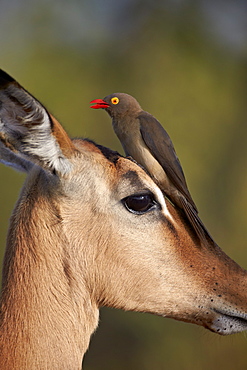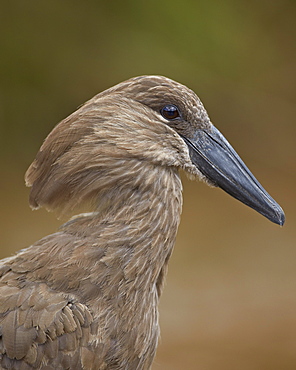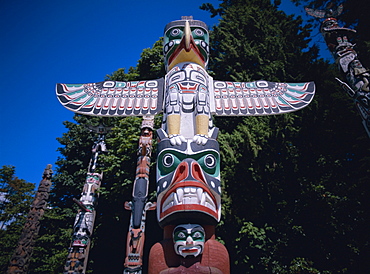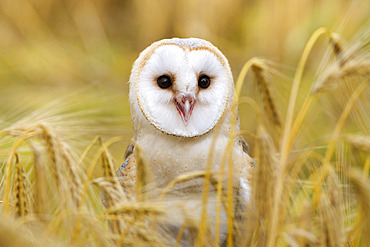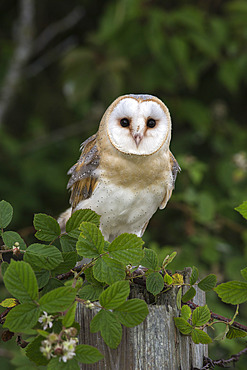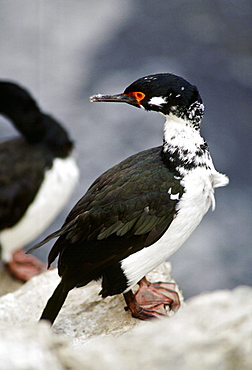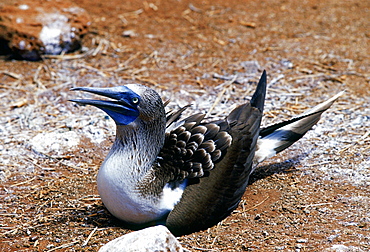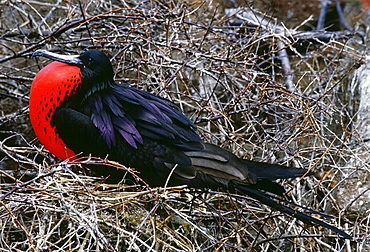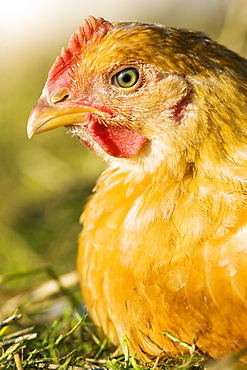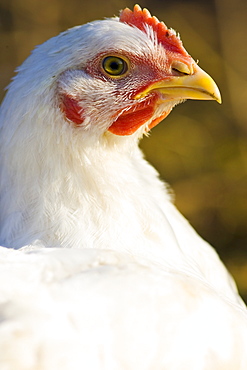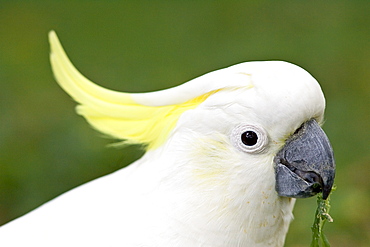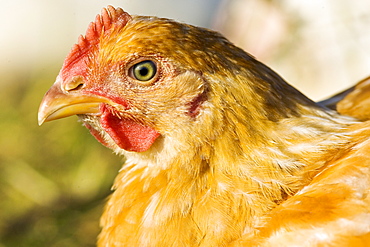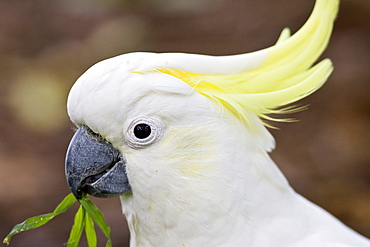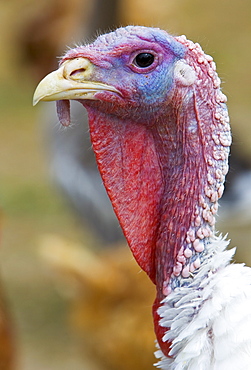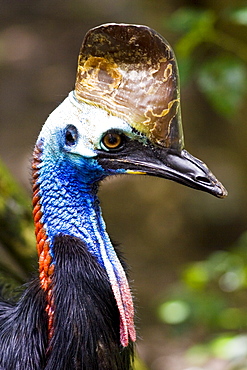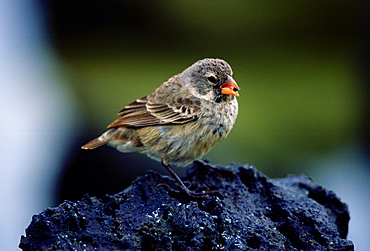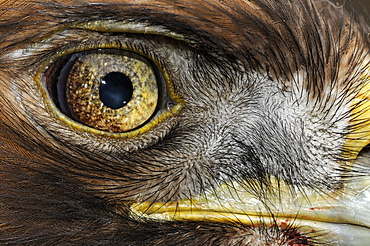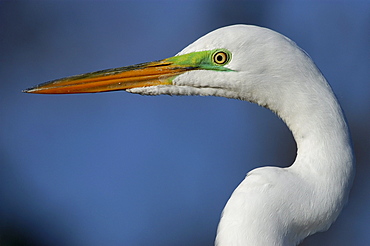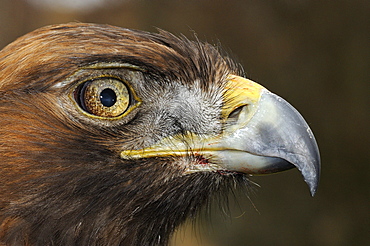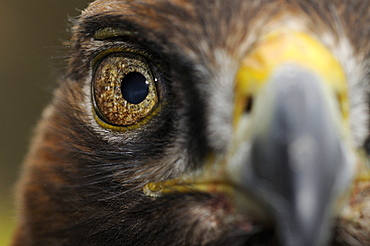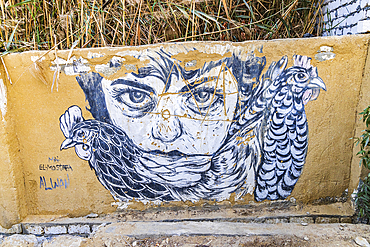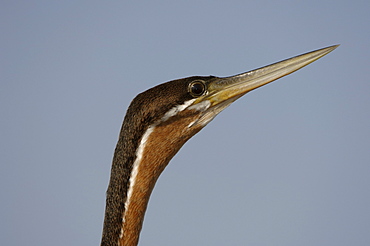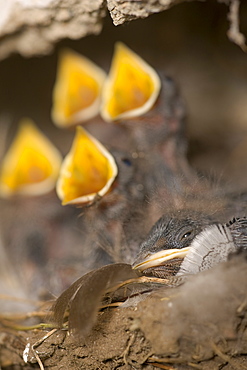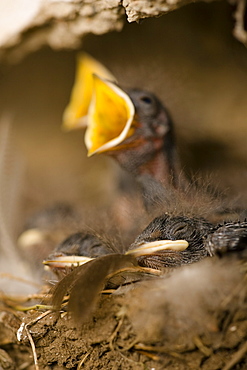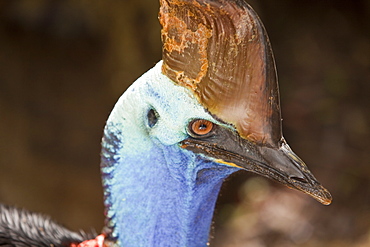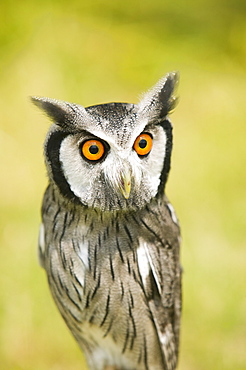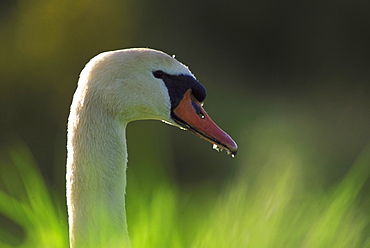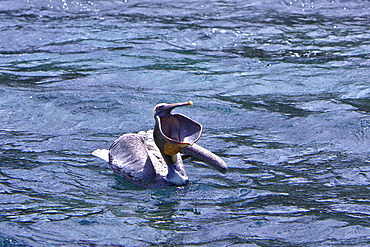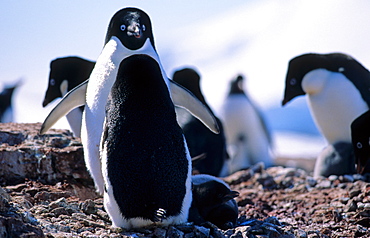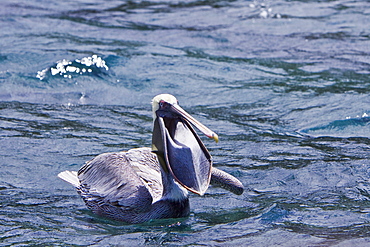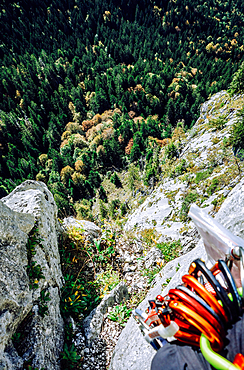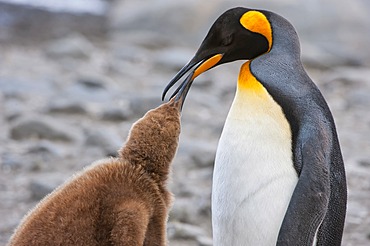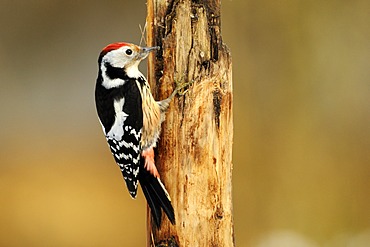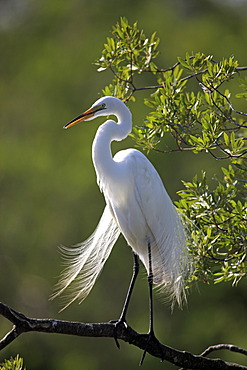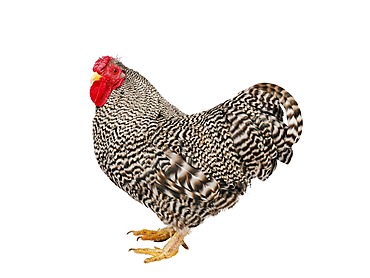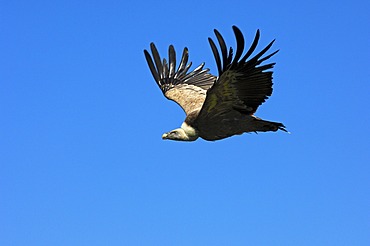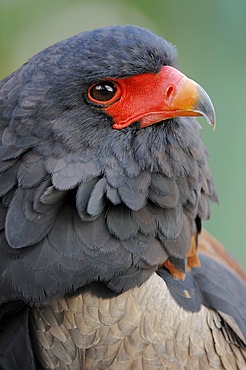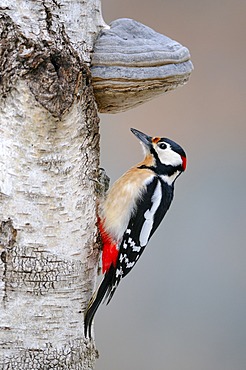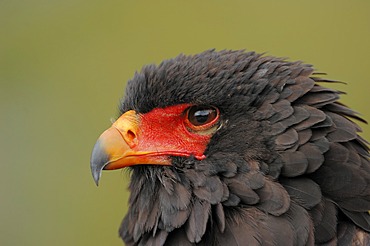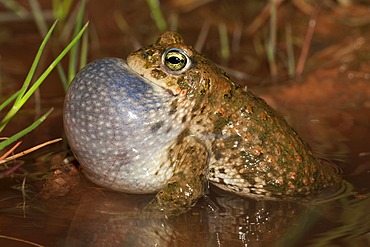Results
38 results found
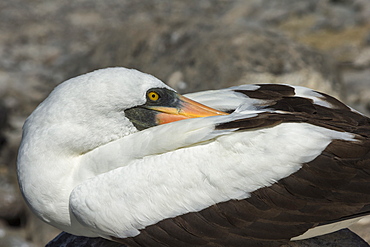
Nazca booby (Sula granti), Hispanola Island, Galapagos, UNESCO World Heritage Site, Ecuador, South America
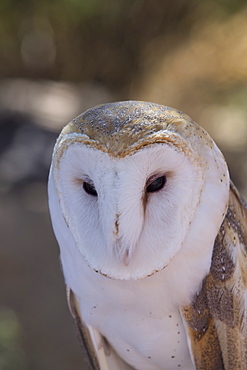
Close up of a common barn owl (Tyto Alba), West-Tucson Mountain District, Saguaro National Park, Arizona, United States of America, North America
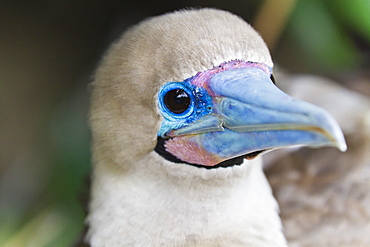
Adult dark morph red-footed booby (Sula sula), Genovesa Island, Galapagos Islands, Ecuador, South America

Adult dark morph red-footed booby (Sula sula), Genovesa Island, Galapagos Islands, Ecuador, South America
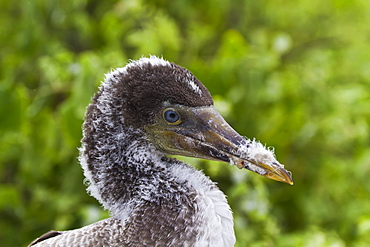
Nazca booby (Sula grantii) chick, Punta Suarez, Santiago Island, Galapagos Islands, Ecuador, South America

Greater flamingo (Phoenicopterus ruber), Las Bachas, Santa Cruz Island, Galapagos Islands, Ecuador, South America
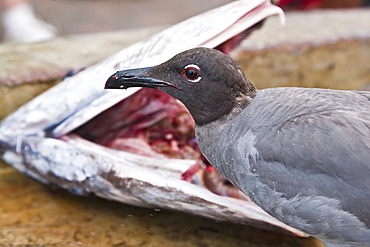
Lava gull (Leucophaeus fuliginosus), Puerto Ayora, Santa Cruz Island, Galapagos Islands, Ecuador, South America
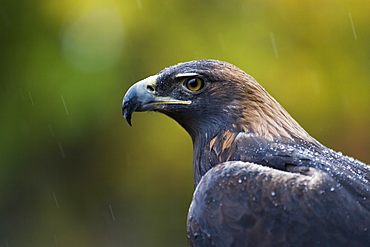
Golden eagle (Aquila chrysaetos) in the rain, in captivity, Boulder County, Colorado, United States of America, North America
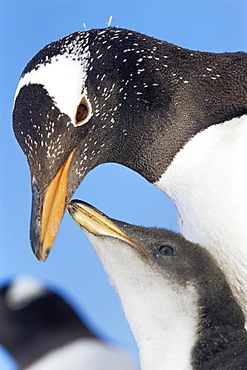
An adult gentoo penguin (Pygoscelis papua papua) looking at his chick, Sea Lion Island, Falkland Islands, South Atlantic, South America
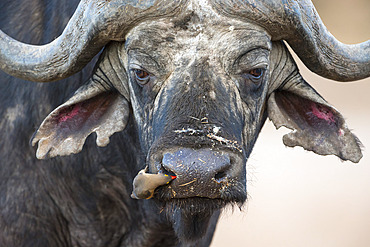
Cape buffalo (Syncerus caffer) with redbilled oxpecker (Buphagus erythrorhynchus), Kruger Park, South Africa, Africa
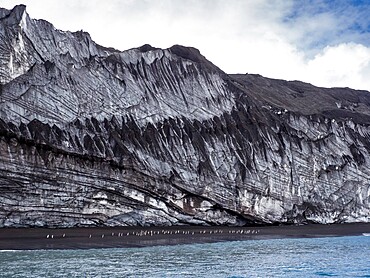
Penguins marching along a glacier face on Saunders Island, South Sandwich Islands, South Atlantic, Polar Regions

King penguins (Aptenodytes patagonicus) at breeding and nesting colony at Salisbury Plain, South Georgia, UK Overseas Protectorate, Polar Regions
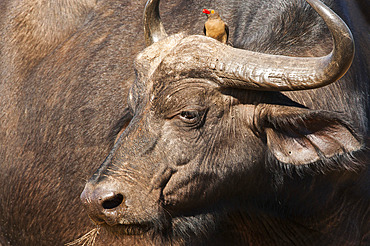
Cape buffalo (Syncerus caffer) with redbilled oxpecker, Hluhluwe-Imfolozi Park, KwaZulu Natal, South Africa, Africa

Bluetit hungry young nestling bird cheeping in a garden bird box, The Cotswolds, Oxfordshire, England, United Kingdom
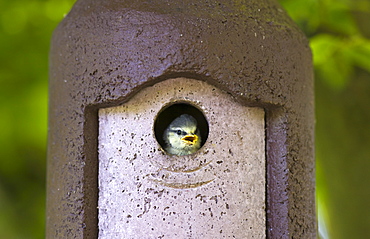
Bluetit hungry young nestling bird awaits feeding in a garden bird box, The Cotswolds, Oxfordshire, England, United Kingdom

Great Egret, Ardea alba, also known as the Great White Egret or Common Egret on Anna Maria, Island, Florida, USA
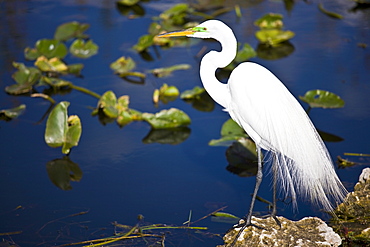
Great White Egret, Ardea alba, also known as the Great Egret or Common Egret in the Everglades, Florida, USA
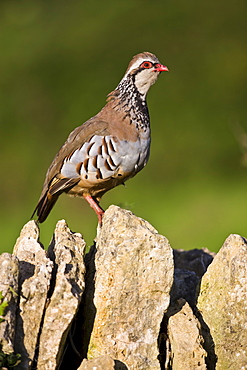
Red-legged partridge also known as French partridge on dry stone wall in The Cotswolds, Oxfordshire, England, UK

Market trader selling bird cages stops for a beer and his lunch using chopsticksduring a break in Peking (Beijing) China
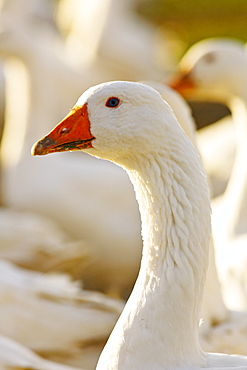
Goose, Oxfordshire, United Kingdom. Free-range birds may be at risk if Avian Flu (Bird Flu Virus) spreads
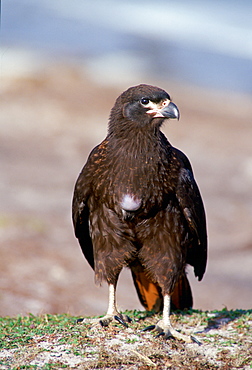
A striated Caracara bird on Sea Lion Island - part of the Falkland Islands in the South Atlantic Ocean
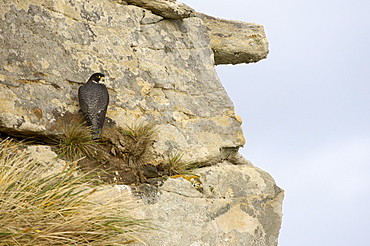
Cassins peregrine falcon (falco peregrinus cassini) new island, falkland islands, perched on cliff face.
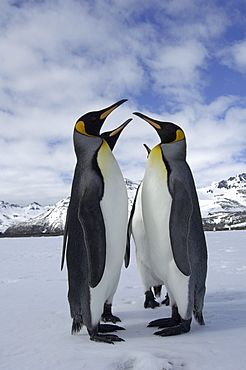
King penguins (aptenodytes patagonicus) st andrews bay, south georgia, in snowy landscape, standing face to face
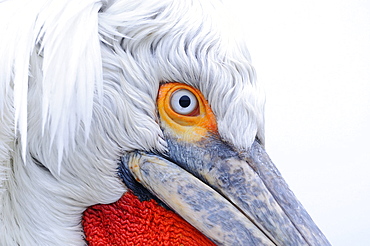
Dalmatian pelican (pelecanus crispus) close-up of face, adult in breeding plumage, lake kerkini, greece
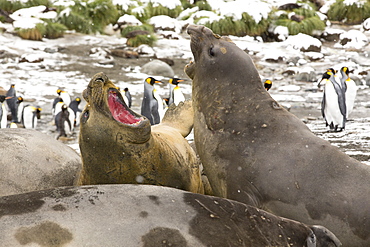
Large bull Southern Elephant Seal; Mirounga leonina, fighting at Gold Harbour, South Georgia, Antarctica, in a King Penguin colony.
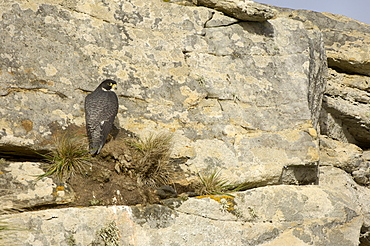
Cassins peregrine falcon (falco peregrinus cassini) new island, falkland islands, perched on cliff face.

Adult brown noddy (Anous stolidus) pair nesting on cliff face of Champion Island in the Galapagos Island Group. Champion Island is a nesting and breeding area for brown noddies, Pacific Ocean.
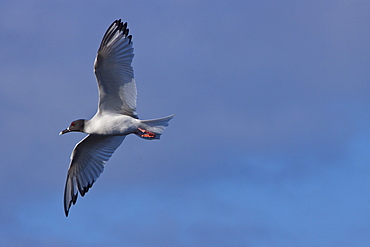
Adult Swallow-tailed gull (Creagrus furcatus) on the wing on Espanola Island in the Galapagos Island Archipelago, Ecuador. Pacific Ocean

Hawksbill turtle (Eretmochelys imbricata) - adult female returning to sea after laying eggs in the sand. Bird Island, Seychelles, Indian Ocean. (RR)

Adult Swallow-tailed gull (Creagrus furcatus) on Espanola Island in the Galapagos Island Archipelago, Ecuador

The Striated Caracara, (Phalcoboenus australis) is a bird of prey of the Falconidae family, Falkland Islands
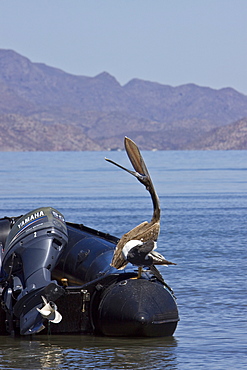
Brown pelican (Pelecanus occidentalis) in the Gulf of California (Sea of Cortez), Baja California Norte, Mexico.

The Striated Caracara, (Phalcoboenus australis) is a bird of prey of the Falconidae family, Falkland Islands
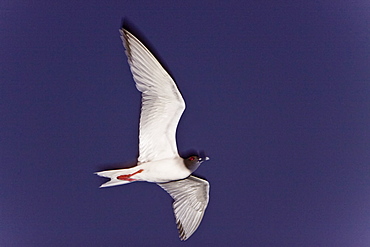
Adult Swallow-tailed gull (Creagrus furcatus) on the wing on Espanola Island in the Galapagos Island Archipelago, Ecuador

Adult Swallow-tailed gull (Creagrus furcatus) on the wing on Espanola Island in the Galapagos Island Archipelago, Ecuador. Pacific Ocean
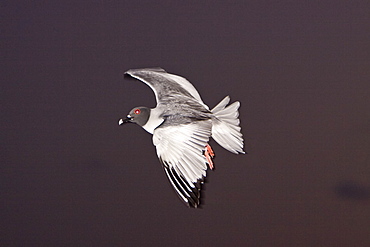
Adult Swallow-tailed gull (Creagrus furcatus) on the wing on Espanola Island in the Galapagos Island Archipelago, Ecuador
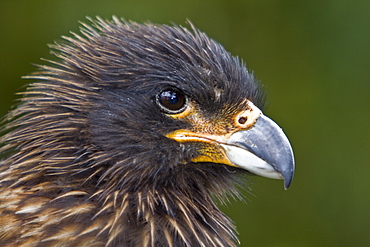
The Striated Caracara, (Phalcoboenus australis) is a bird of prey of the Falconidae family, Falkland Islands
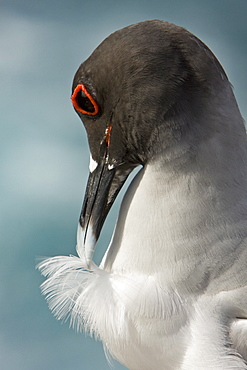
Adult Swallow-tailed gull (Creagrus furcatus) on Espanola Island in the Galapagos Island Archipelago, Ecuador
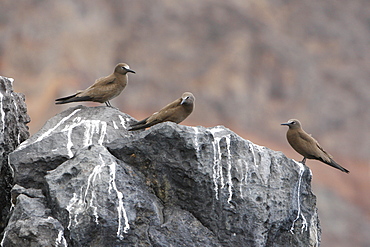
Adult brown noddies (Anous Stolidus) resting on cliff faces on the coastline of St. Helena Island on the south Atlantic Ocean.
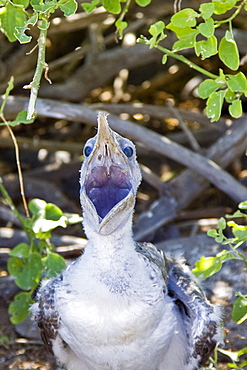
Two Nazca booby (Sula grantii) chicks at nesting site on Punta Suarez on Espanola Island in the Galapagos Island Archipeligo, Ecuador. Pacific Ocean.
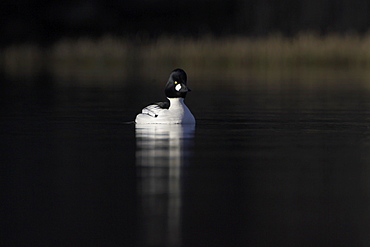
Golden Eye Drake Duck (Bucephala clangula) against dark trees, face on head tilted to side. Highlighted by late evening sunshine. Argyll, Scotland
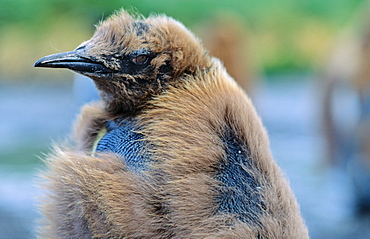
Face of a King Penguin (Aptenodytes patagonicus) chick with its brownish plumage . Salisbury Plain, South Georgia, Subantarctic

Brown pelican (Pelecanus occidentalis) in the Gulf of California (Sea of Cortez), Baja California Norte, Mexico.
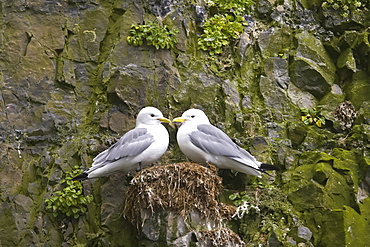
Adult mated pair of black-legged kittiwakes (Rissa tridactyla) nested on cliff face in the Svalbard Archipelago, Barents Sea, Norway.
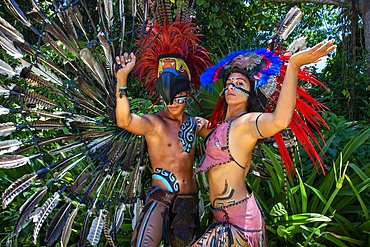
Mexican aztec dress gods at Grand Palladium White Sand Resort and Spa in Riviera Maya, Yucatan Peninsula, Quintana Roo, Caribbean Coast, Mexico.
Aztec clothing was generally loose fitting and did not completely cover the body. When the Spanish arrived in Mexico, the people were surprised to see them in their full armour, with only their faces exposed.
Aztec clothes were generally made of cotton (which was imported) or ayate fiber, made from the Maguey Cactus (also called the Century Plant or American Aloe). Women would weave the fibers into clothing, a task girls were taught as young teenagers. Because of their vast trading network, the Aztecs were able to make use of a beautiful array of dyes, creating the brilliant

Mexican aztec dress gods at Grand Palladium White Sand Resort and Spa in Riviera Maya, Yucatan Peninsula, Quintana Roo, Caribbean Coast, Mexico.
Aztec clothing was generally loose fitting and did not completely cover the body. When the Spanish arrived in Mexico, the people were surprised to see them in their full armour, with only their faces exposed.
Aztec clothes were generally made of cotton (which was imported) or ayate fiber, made from the Maguey Cactus (also called the Century Plant or American Aloe). Women would weave the fibers into clothing, a task girls were taught as young teenagers. Because of their vast trading network, the Aztecs were able to make use of a beautiful array of dyes, creating the brilliant

Eurasian spoonbills or Common spoonbills (Platalea leucorodia) in flight, Texel, Netherlands, Europe
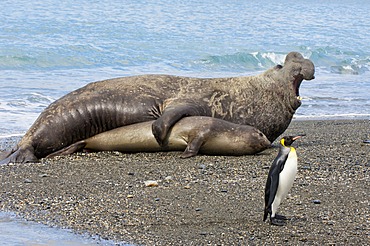
King penguin (Aptenodytes patagonicus) walking in front of a mating Southern Elephant Seal (Mirounga leonina), St. Andrews Bay, South Georgia Island
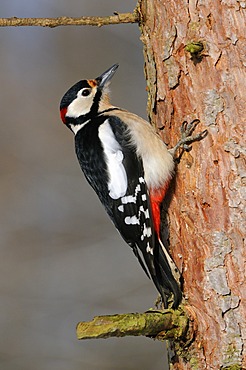
Great Spotted Woodpecker (Dendrocopos major), perched on a larch tree trunk, biosphere, Swabian Alb, Baden-Wuerttemberg, Germany, Europe

